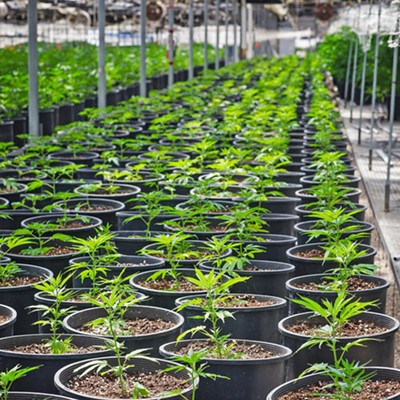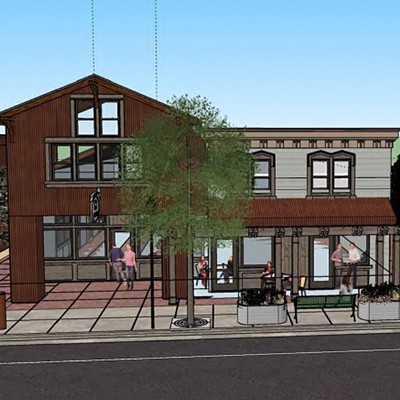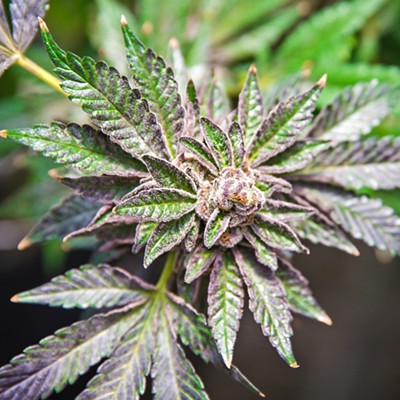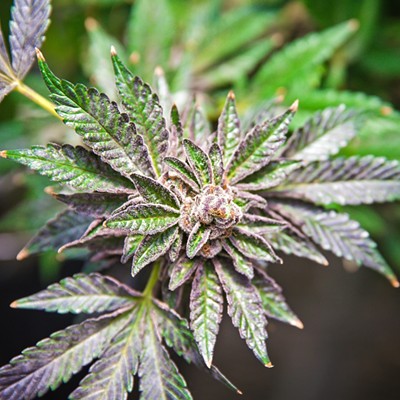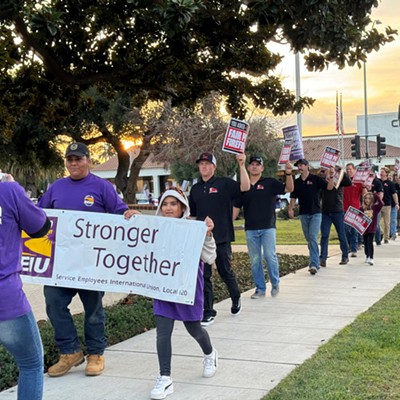Applications for cannabis grows and storefronts continued to pour into Santa Barbara County during the first quarter of fiscal year 2020-21 along with a significant increase in tax revenue—all despite this year’s pandemic-induced economic downfall. Still, county leaders and staff say there are a number of issues related to the emerging industry that have yet to be fully smoothed out.

At a meeting on Dec. 15, the Santa Barbara County Board of Supervisors discussed a report on cannabis compliance, enforcement, and taxation for the first quarter of the 2020-21 fiscal year. From July 1 to Sept. 30 of this year, the county received about $4.2 million in cannabis tax revenue, down slightly from the last quarter’s $5.5 million but up from other past quarters.
“This represents a 50 percent increase over the taxes collected in the same quarter of the last fiscal year,” fiscal analyst Steven Yee said at the Dec. 15 meeting.
To date, according to the report, 209 applications for marijuana-related land use entitlements have been submitted to the county, 184 of which are still pending and 25 of which have been issued. In the first quarter of 2020-21, 47 operators submitted applications to obtain 80 cannabis business licenses throughout the county, and of those, 18 have been issued.
But Yee said that cannabis cultivation acreage caps adopted by the board in the Carpentaria Ag Overlay—which maxes out at 186 acres—and other unincorporated areas of the county—capped at 1,575 acres—will make it impossible to accept all the pending cannabis land use applications as they are currently written.
“I’d like to emphasize that through the first quarter, the proposed cultivation acreage associated with permit applications in the inland area total 2,743 acres, while the Carpentaria Ag Overlay acreage came in at 234 acres,” Yee said at the meeting. “This indicates that not all applicants will be able to reserve their acreage under the respective caps that your board has adopted.”
There are other issues to work out, too, county staff said at the meeting. Roughly 29 operators did not report cannabis tax data to the county in the first quarter, according to the report, and the county is still working to take appropriate action against those operators. County staff say the land use permitting and business licensing processes need to be better aligned, streamlined, and standardized, and 12 cultivation operations located within existing developed rural neighborhoods are still being phased out in accordance with a recently adopted and controversial ordinance.
Odors wafting from cannabis grows into neighboring towns and the county’s inability to adequately handle such complaints also continue to be a major point of contention throughout the county, particularly in the Buellton area.
“There are dozens and dozens of complaints that are never registered,” Marc Chytilo, an attorney for the Santa Barbara County Coalition for Responsible Cannabis said at the Dec. 15 meeting, “and applicants come to the Planning Commission saying that they’re free, which is not the case.”


